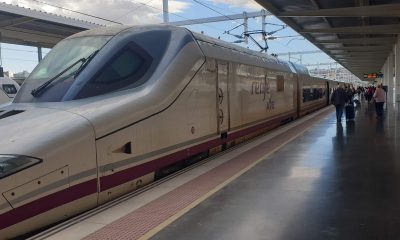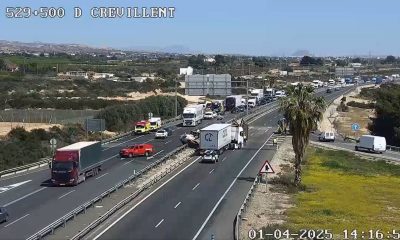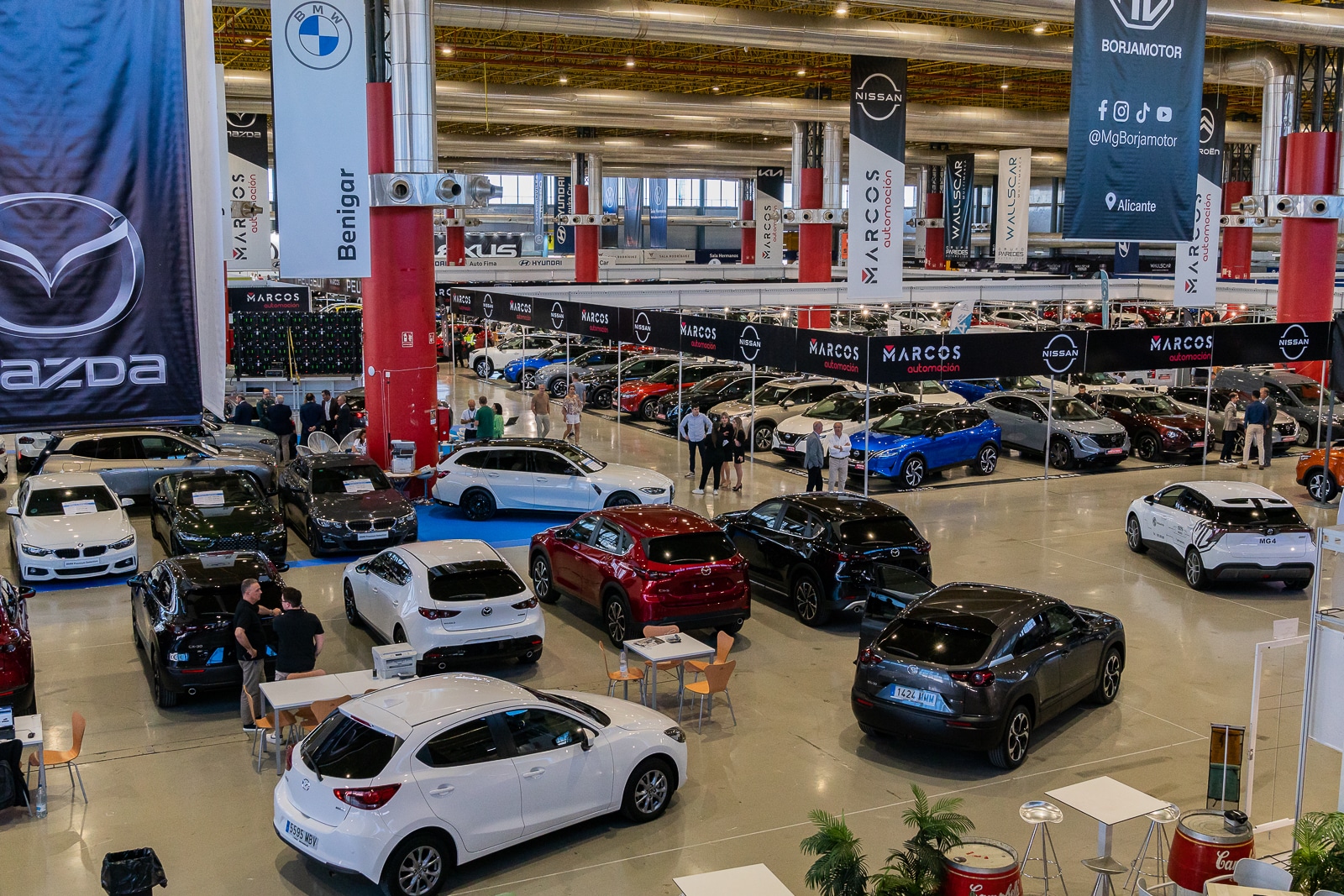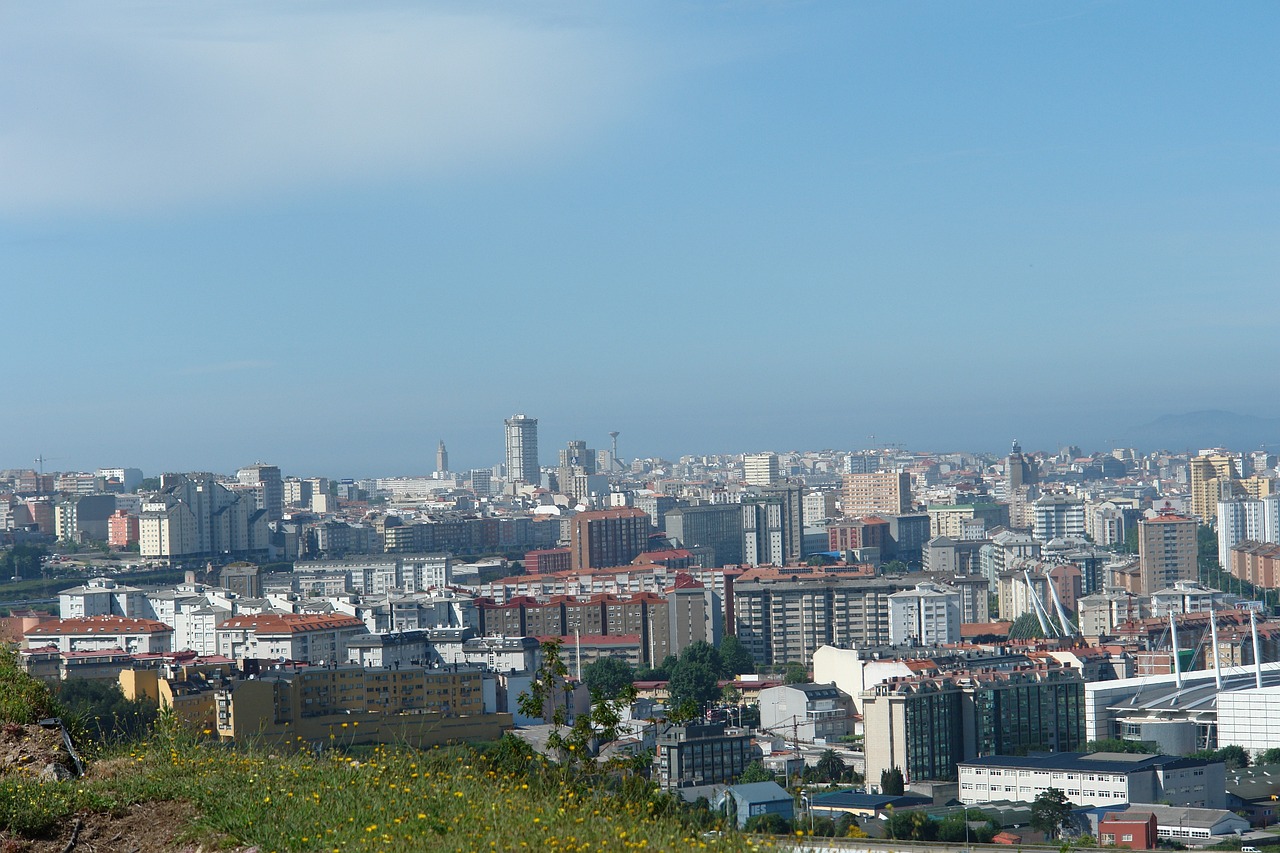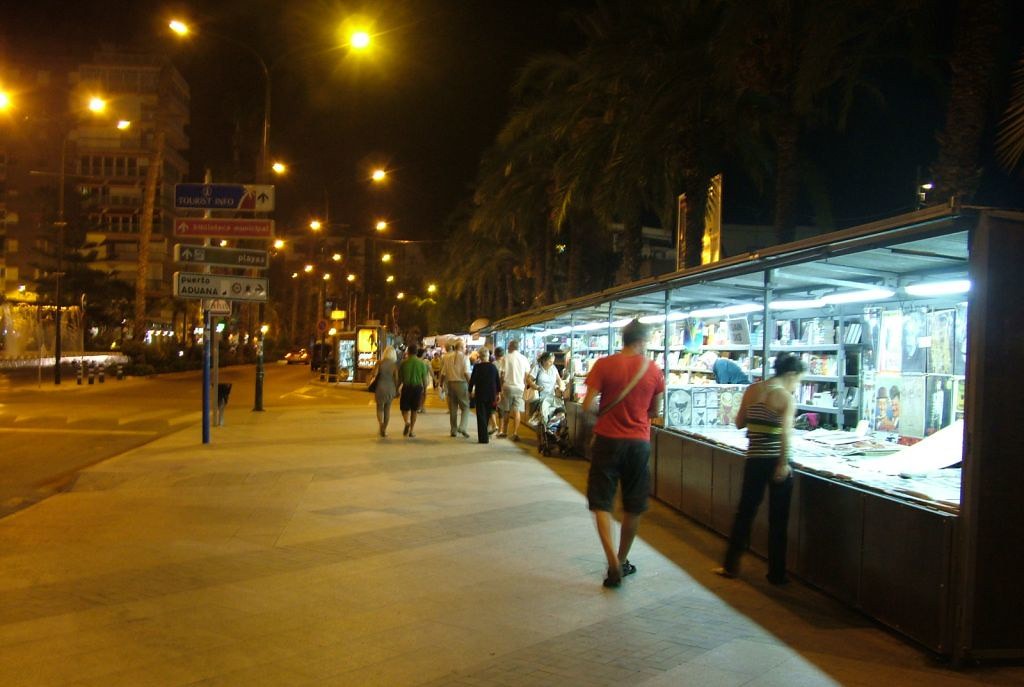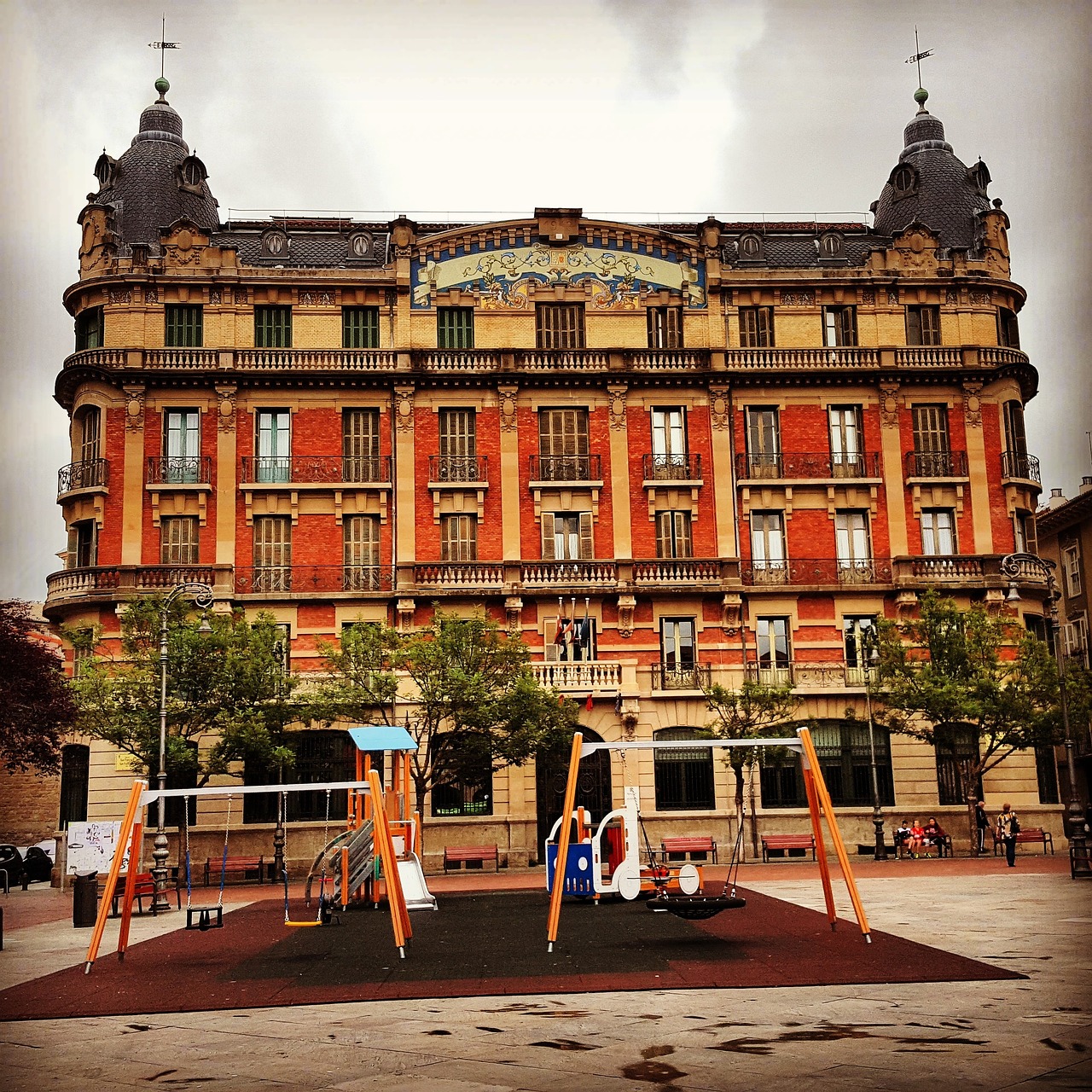Costa Blanca
75% of people who move to the province of Alicante are from outside of Spain
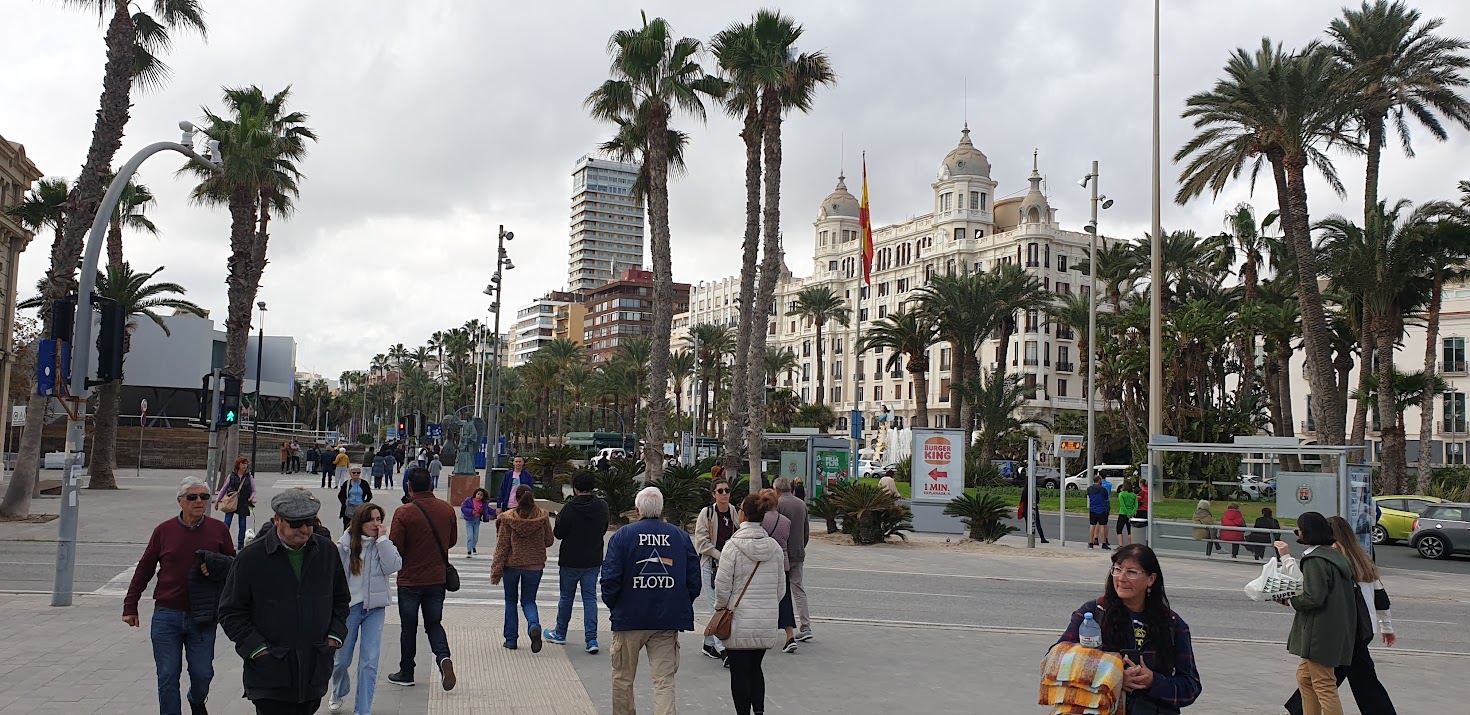
As of the end of 2024, there were almost two million people living in the province of Alicante. This made it the fourth most populous region in Spain, after Madrid, Barcelona, and Valencia, and ahead of places like Seville and Malaga, which don’t even hit two million people.
The number of people living there rose by almost 11,000 in the last three months of the previous year compared to the three months before that. That’s a rise of almost 36,000 people in just one year, according to the National Institute of Statistics’ Continuous Population Survey.
The foreign population is growing at a much faster rate than the national population, which is one reason for this big increase in population. The non-Spanish population grew by 28,293 people from one year to the next, which was 78% of the total yearly growth.
This means that more than three out of every four new people who move to the province of Alicante are not from there. This group of people grew by 8,357 between the last quarter of 2024 and the previous quarter.
These numbers are a lot higher than the Spanish population, which has stayed the same. As of the end of the third quarter of 2024, 7,631 more people lived in the country than there were in the whole of 2023. They only make up 12% of the yearly growth in population.
There are 1,536,319 Spanish people living in the province of Alicante right now, but there are also 492,894 people from other countries. There are 2,000 more men than women among the foreigners, while there are 34,000 more women than men among the Spanish locals.
The number of people living in Alicante has grown very quickly in the last 100 years. The number of people living there has grown by 190,635 in the last ten years and by 367,533 in the last twenty years. Among this growth, 214,260 are foreigners, while only 153,293 are Spanish citizens.
When it comes to age, most people in Alicante are of working age. The biggest age group is 45 to 49, followed by 50 to 54 and 55 to 59.
There are 426,451 people in Spain who are 65 or older, which is a big chunk of the population. This age group is much bigger in Spain.
Discover more from Costa Blanca Daily
Subscribe to get the latest posts sent to your email.
Costa Blanca
12.5 million euros to boost high-speed rail at Alicante station
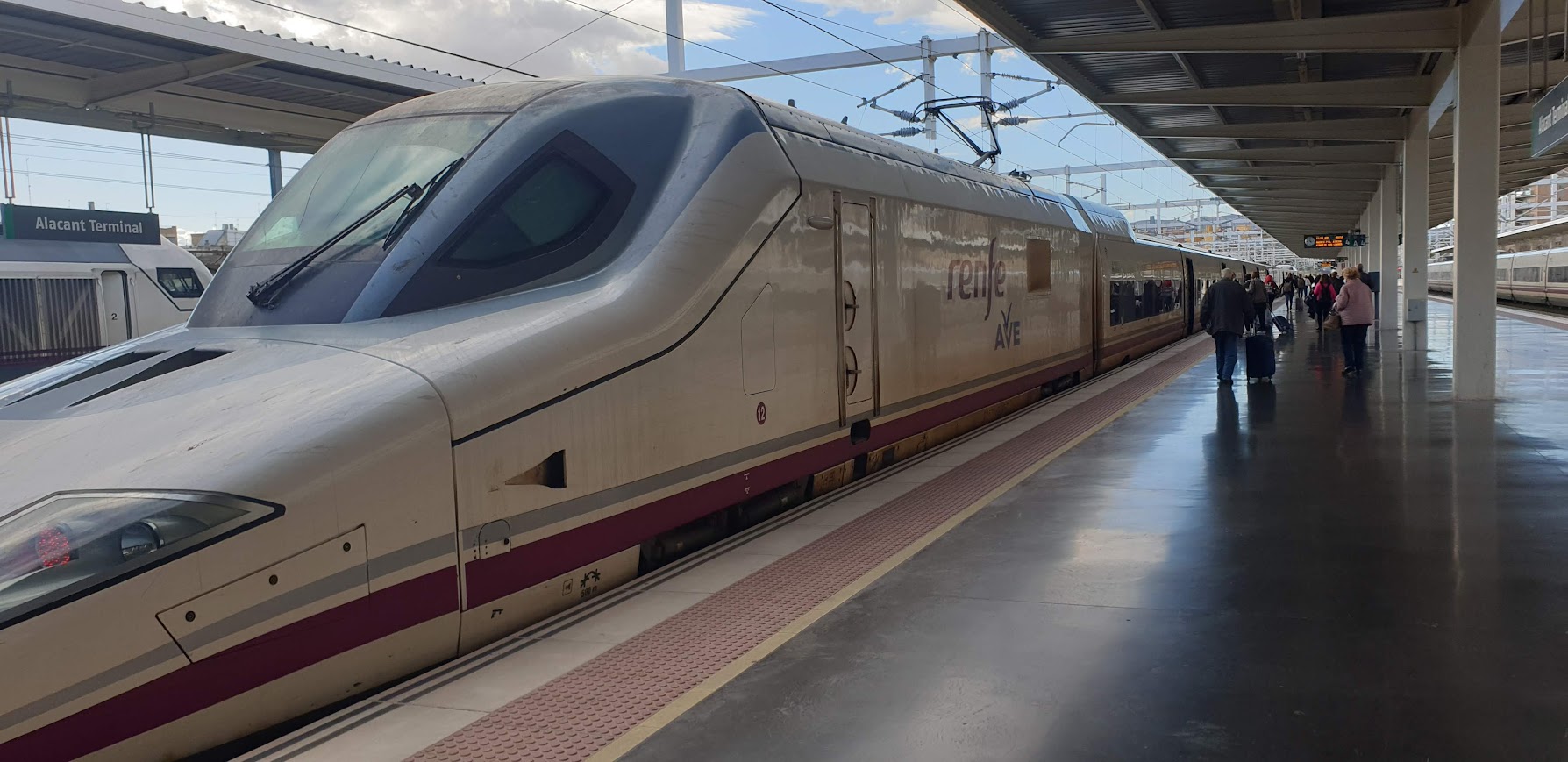
Yesterday, Tuesday 1st April, the Ministry of Transport and Sustainable Mobility was given permission by the Council of Ministers to contract for €12.5 million (VAT excluded) to undertake extra work to improve high-speed rail at the Alicante station and solidify the province as a major hub in the Mediterranean Corridor. As part of the ongoing work to add six extra tracks to the current four, this contract will modify the control, command, and signalling systems at Alicante Terminal station to accommodate the future configuration of standard-gauge tracks.
The Alicante terminal will have ten standard-gauge tracks overall, making it one of the stations on the railway network with the most when the work is finished. The completion of the track expansion projects is made possible by the adaptation of these facilities, which are involved in rail traffic regulation. With a €20.2 million investment (VAT included), work recently started. The project’s current tasks include locating the points to be addressed (layout) on the track and platforms, along with topographical verifications of the track bed; laying out the pile foundations for the sound-absorbing screen on the station’s mountainside; identifying and inspecting the control, command, and signalling and telecommunications facilities; and renovating the auxiliary facilities area.
According to ministry sources in a statement, the goal is to expand the station’s ability to manage high-speed and standard-gauge traffic, both locally and over medium- and long-distance distances, solidifying the capital of Alicante as a key location in the Mediterranean Corridor. Given the Madrid-Alicante High-Speed Line’s (LAV) potential under rail liberalisation, which includes new operators and traffic, as well as the Valencia-Alicante section’s and the Encina Junction’s eventual conversion to standard gauge, it is imperative that the terminal have enough capacity to accommodate the anticipated rail services.
A new configuration for the track
The station will eventually have 10 standard-gauge tracks (by building 4 new ones and converting 2 to conventional gauge) with 5 platforms and 4 conventional-gauge tracks with 2 platforms, making use of the area between the long-distance and medium-distance/commuter tracks. Track work (new tracks, track gauge adaptation, route modification, switch installation), platforms (adaptation, remodelling, and new construction), and electrification (installation of 25 kV power lines on the new standard-gauge tracks, electrification for the high-speed network, complete electrification of the conventional-gauge tracks, and new energy remote control) are among the ongoing projects (the layout report was signed in February).
In addition, facilities for rail operators (such as new check-in counters and maintenance rooms) will be deployed, and the passenger building’s functionality will be enhanced to accommodate the increasing ridership. Along with rearranging and expanding access to the commuter rail area, acoustic barriers will be installed in both the north and south zones. Three railway lines currently meet at Alacant Terminal station: the conventional gauge Alicante-El Reguerón (connection to Murcia), La Encina-Alicante (connection to Albacete/València), and the Madrid-Alicante high-speed rail line, which connects to the Monforte del Cid-Murcia high-speed rail line. Three platforms serve two conventional gauge tracks and four standard gauge tracks for long-distance services. There are three stations and five Iberian gauge tracks for commuter and medium-distance rail services. The same sources suggest that the European Union’s Connecting Europe Facility (CEF) may co-finance these projects.
Discover more from Costa Blanca Daily
Subscribe to get the latest posts sent to your email.
Costa Blanca
Arrest made after a string of break-ins at Benidorm’s bars and restaurants

The culprit in a string of break-ins at Benidorm’s hospitality establishments has been taken into custody by the National Police. According to police sources, he is accused of committing six burglaries at businesses around Levante Beach, which had raised serious concerns among business owners.
Officers started the investigation in mid-February after receiving information about a break-in at a hospitality establishment where the suspect allegedly forced access via the door frame and took a surveillance camera, two mobile phones and the cash register.
Five more reports that matched the stolen items and modus operandi were filed in the weeks that followed. Investigators ruled out the involvement of a specialised group after confirming that the burglar in some of these cases took bottles of alcohol.
Investigators were able to identify the offender, a frequent visitor to the area, following extensive investigations and with the assistance of the Scientific Police, who collected definitive evidence during Technical Police Inspections at the venues.
After identifying him, police found him close to one of the previously targeted businesses and took him into custody on suspicion of committing six burglaries. The 45-year-old man has a criminal history and was taken to Benidorm’s Judicial Authority after being arrested, and they finally decided to imprison him.
Mobile phones, cash registers, alcohol bottles, key sets, and cash totalling more than 2,000 euros were among the stolen goods. The suspect’s damage to windows, doors, and furniture is substantially greater.
Discover more from Costa Blanca Daily
Subscribe to get the latest posts sent to your email.
Costa Blanca
Two hurt when two lorries and a car collided on the A-7 at Crevillente
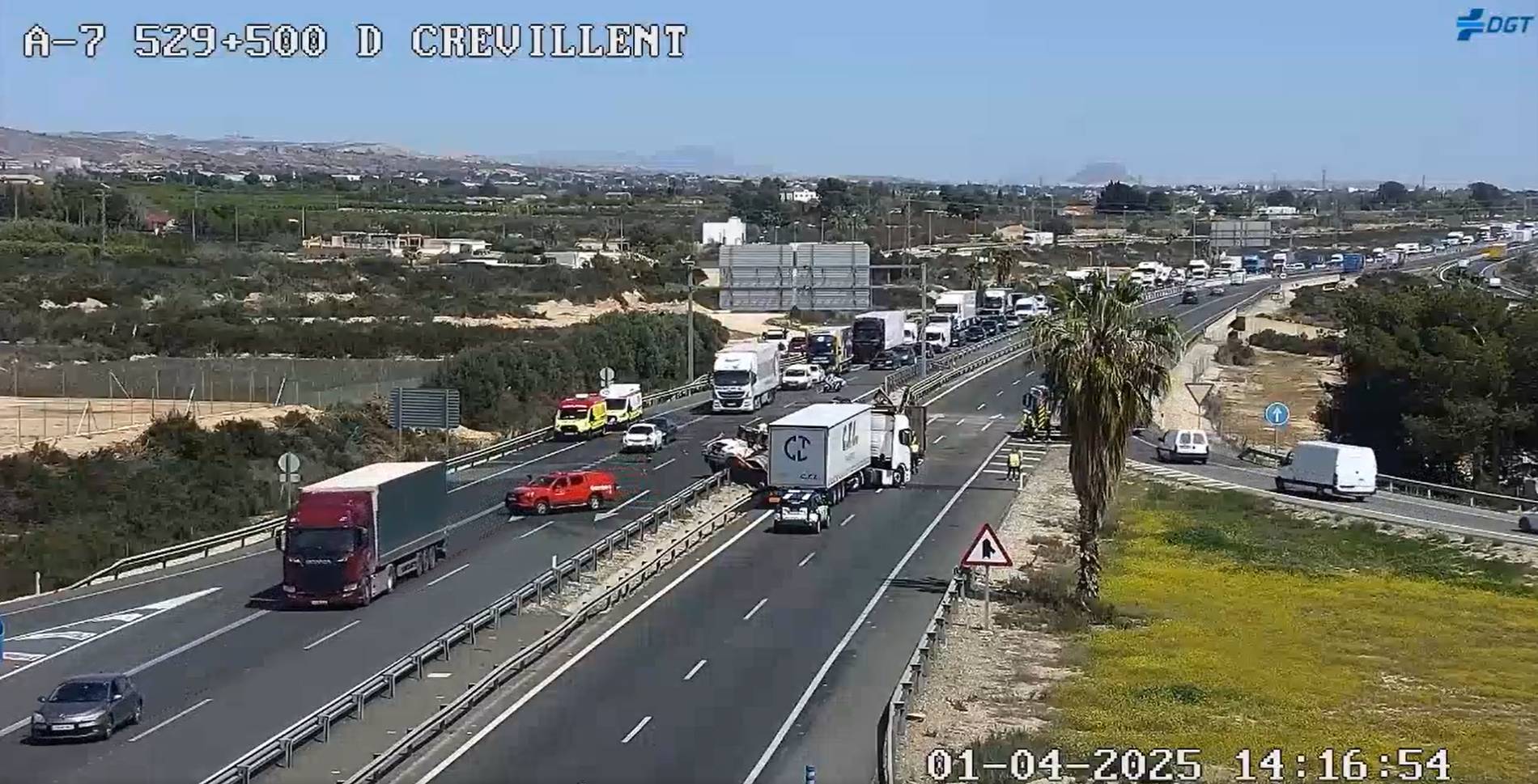
Two trucks and a car were involved in a violent collision on the A-7 near Crevillent that left two people with minor injuries. The Guardia Civil Traffic Department has closed both lanes of traffic going to Alicante, but only one lane was closed going towards Murcia.
Traffic has been stuck in queues for miles in the Murcia direction, while the Guardia Civil had established a detour for cars using the motorway junction exit in the Alicante direction.
The collision happened close to the town of Crevillent at kilometre 529.300 of the A-7 highway at around 1:31 p.m. A truck heading towards Murcia lost control after a tyre blowout, drifting into the opposing lane and colliding with another heavy vehicle, according to preliminary information collected at the scene by the Guardia Civil Traffic Department. On the centre reservation, a car then struck one of the trucks.
Guardia Civil patrols and paramedics arrived at the scene of the collision between the three vehicles.
Traffic issues lasted until around 3:30 p.m., and the tow trucks were still waiting to remove the damaged cars and trucks.
Discover more from Costa Blanca Daily
Subscribe to get the latest posts sent to your email.
-

 Costa Blanca2 weeks ago
Costa Blanca2 weeks agoElche is seeking tender for an additional 22,000 plants, shrubs, and flowers from 150 different species
-

 Costa Blanca2 weeks ago
Costa Blanca2 weeks agoMan sought for robbery and fraud in Amsterdam has been caught in Alicante
-

 News2 weeks ago
News2 weeks agoTwo arrested in Elda for stealing from restaurants and hostels
-

 Costa Blanca2 weeks ago
Costa Blanca2 weeks agoIn Alicante, a criminal group that specialised in robberies at pharmacies and banks has been dismantled
-

 Costa Blanca2 weeks ago
Costa Blanca2 weeks agoMan stole fire extinguishers to sell as scrap metal
-
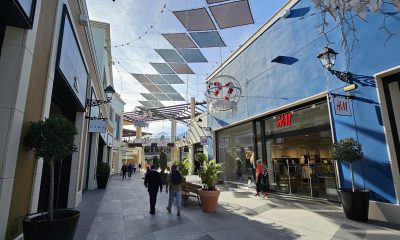
 Costa Blanca2 weeks ago
Costa Blanca2 weeks agoElche’s H&M shop closing
-

 Costa Blanca2 weeks ago
Costa Blanca2 weeks agoTorrevieja beach bars placed out to tender, but they won’t open until summer
-
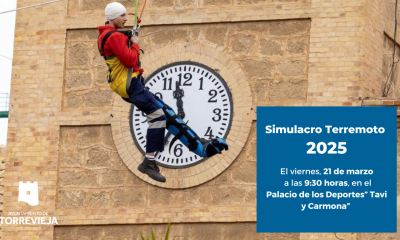
 News2 weeks ago
News2 weeks agoTorrevieja earthquake simulation CANCELLED

